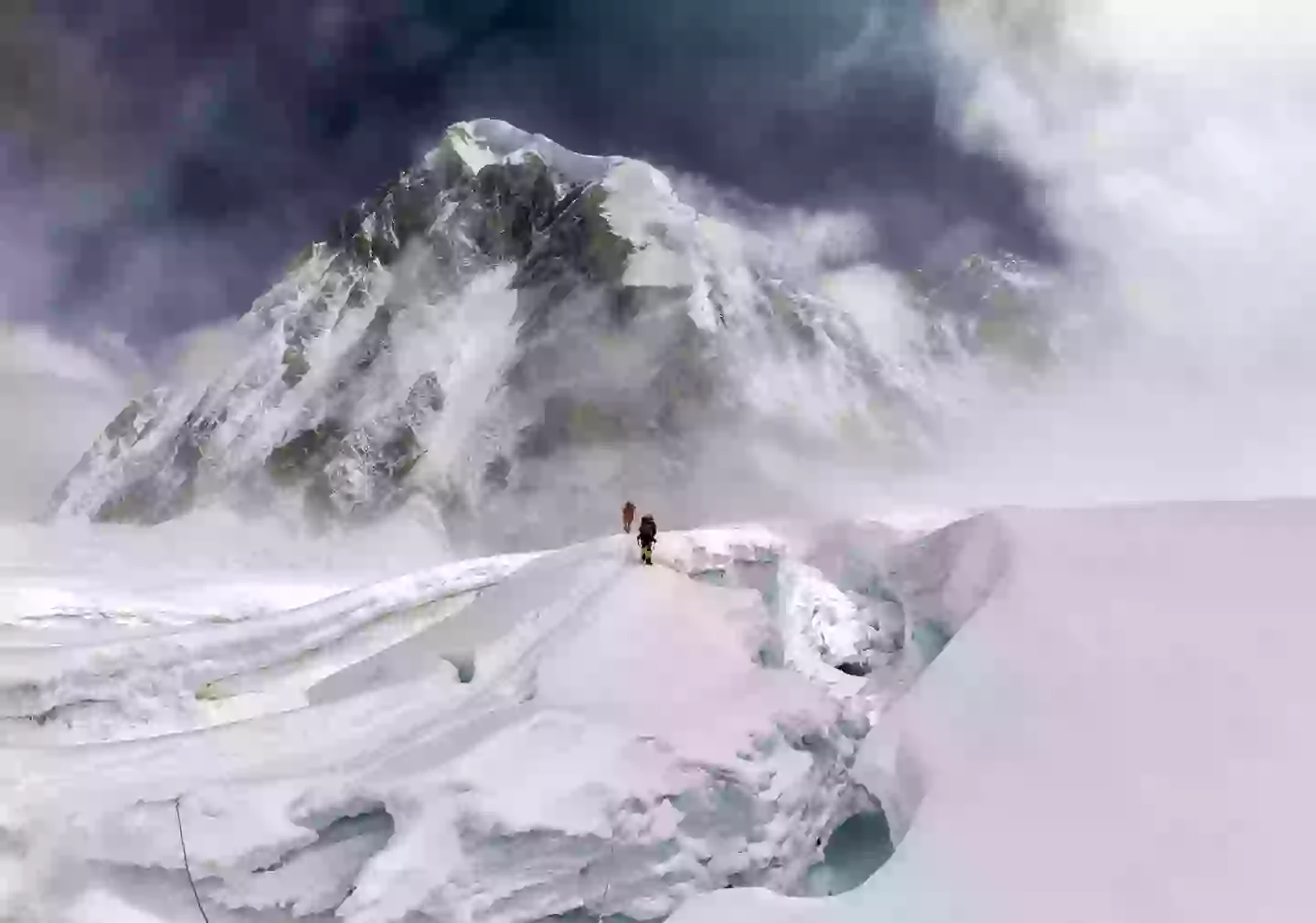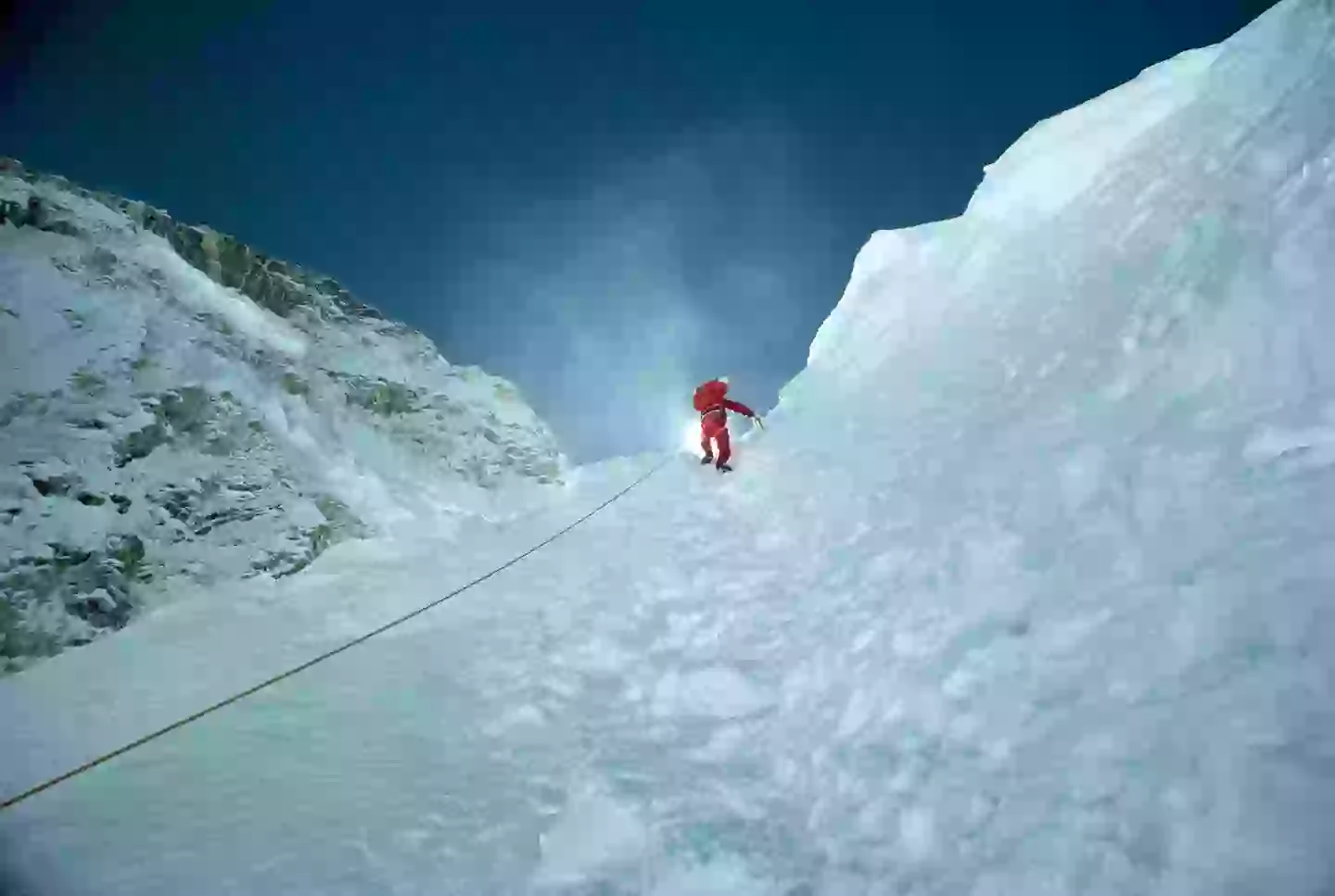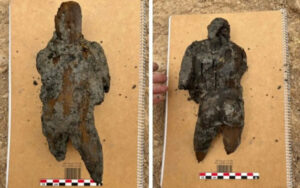“Unlocking Everest’s Dark Secrets: A Chilling Map Reveals the Final Resting Places of Climbers Lost to the Mountain”
Have you ever wondered what drives people to trek up the world’s tallest mountain, knowing full well that they might not make it back down? Mount Everest, towering at a staggering 8,848.86 meters (29,031.7 feet), is an icon of human tenacity, yet it’s also a graveyard for many daring souls who underestimate its merciless challenges. It’s heartbreaking to think that over 330 climbers have lost their lives since records began in 1921, often in the treacherous ‘Death Zone’—a place where escape becomes not just difficult, but nearly impossible. With oxygen levels plummeting, every breath feels like a fight, and danger looms around every icy corner. So, what compels adventurers to risk it all? Let’s delve deeper into the haunting allure of Everest and the stories behind its haunting toll—after all, this is not just about the climb; it’s about the very essence of human ambition and sacrifice. LEARN MORE.
Many climbers have died attempting to get past Mount Everest’s unforgiving final hurdle.
The world’s tallest mountain at 8,848.86 meters (29,031.7 feet) has long been a symbol of extreme human endurance.
Sadly, however, its formidable conditions, freezing temperatures and low oxygen levels have led to many deaths.
As shown in a map by Pointofnoreturn.org, over 330 people have died attempting to reach the summit since records began in 1921.
But the most dangerous area on Everest is the ‘Death Zone,’ which begins anywhere upwards of 8,000 meters (26,247 feet).
Oxygen levels are only about one-third of what they should be normally, which often leads to altitude sickness, hypoxia and death.
Many casualties become disoriented, suffer from exhaustion, or experience high altitude-related issues.

There have been over 300 deaths on Everest (Getty Stock Images)
“Mapping Everest’s death toll reveals clear danger zones: the treacherous Khumbu Icefall, the sheer Lhotse Face, and the notorious Hillary Step just before the summit,” the Mount Everest Official Instagram account, which shared the map, said.
“Historical data shows that casualties skyrocketed in the 1970s as more climbers attempted the ascent, with deaths now concentrated near the summit.
“Sherpas, who are better adapted to high altitudes, tend to die at lower elevations, while foreign climbers are more likely to perish near the peak.”
Despite the dangers, over 7,200 people have climbed Everest and reached the summit, at least once.
Shaunna Burke, a climber who summited Everest in 2005, previously opened up about the ‘death zone’ and how she managed to get through it.
She told Business Insider: “Your body is breaking down and essentially dying.
“It becomes a race against the clock.
“Every second or third breath your body gasps for air, and you wake yourself up.”

Climbing Everest can prove fatal (Getty Stock Images)
Meanwhile, Sir Edmund Hillary, known as the first person to climb Everest in 1953, with Tenzing Norgay, has previously complained about the lack of help offered by other climbers.
He told the New Zealand Herald: “If you have someone who is in great need and you are still strong and energetic, then you have a duty, really, to give all you can to get the man down and getting to the summit becomes very secondary.
“I think the whole attitude towards climbing Mt Everest has become rather horrifying. The people just want to get to the top. They don’t give a damn for anybody else who may be in distress and it doesn’t impress me at all that they leave someone lying under a rock to die.”

_Large.jpeg)

















